Complete Solutions to PRACTICE EXERCISE (Exercise 2 (MISCELLANEOUS PROBLEMS)) of chapter ALCOHOLS, PHENOLS AND ETHERS of Class 12 book with complete answers and questions
| Class 12 | CHEMISTRY |
| Chapter | ALCOHOLS, PHENOLS AND ETHERS |
| MHTCET PREP GUIDE | PRACTICE EXERCISE (Exercise 2 (MISCELLANEOUS PROBLEMS)) |
| Number Of Questions | 100 |
| Academic Year | 2023-24 |

View SolutionWhich of the following is not a characteristic of alcohol ?
View SolutionIn which of the following reactions of alcohol there is no cleavage of C-O bond ?
View SolutionWhen primary alcohol is oxidised with `Cl_(2)`, it gives
View SolutionThe best reagent to convert pent-3-en-2-ol into pent-3-en-2-one is
View SolutionThe acidic hydrolysis of ether (X) shown is fastest when
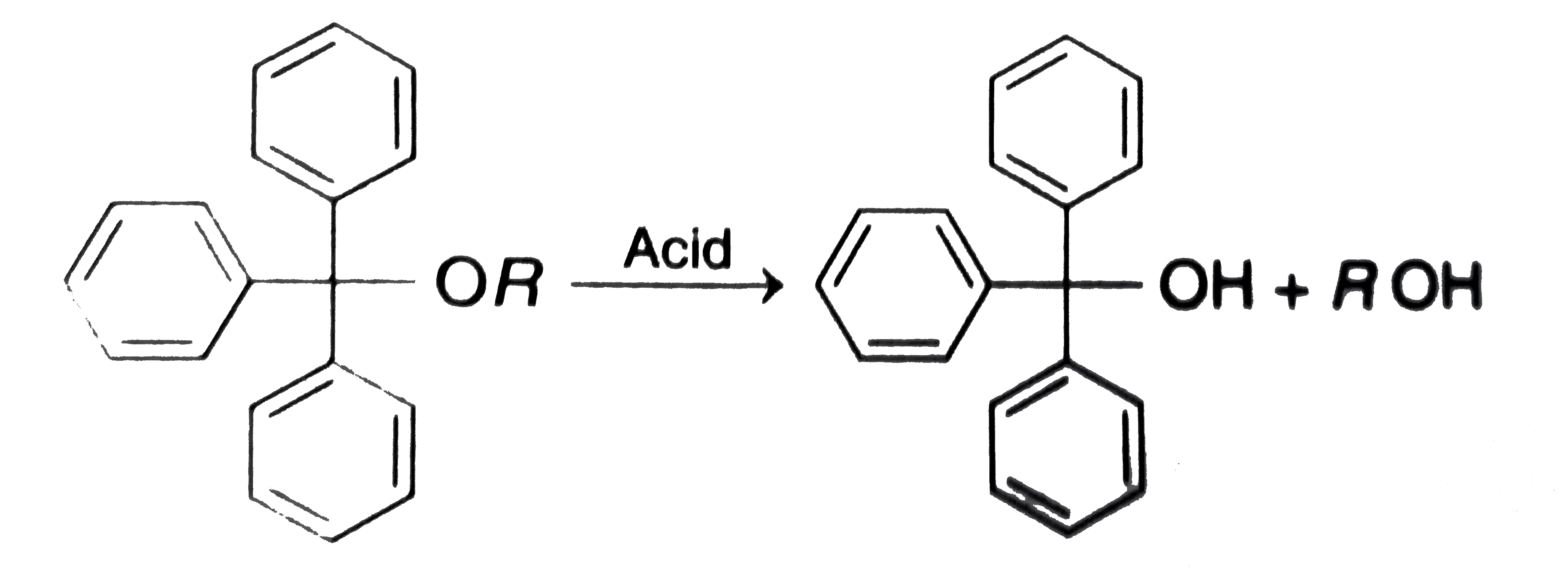
View SolutionA compound soluble in conc. `H_(2)SO_(4)`. It does not decolourise bromine in `C Cl_(4)` but oxidised by chromic anhydride in aqueous `H_(2)SO_(4)` within two seconds, turning organs solution to blue, green and then opaque. The original compound is `:`
View SolutionWhich one of the following is not expected to undergo iodoform reaction?
View SolutionThe correct order of boiling point for primary `(1^(@))`. Secondary `(2^(@))` and tertiary `(3^(@))` alcohol is
View SolutionWhen ethylene glycol is heated with acidified potassium permanganate, the main organic compound obtained is
View SolutionThe alcohol obtained by the hydrolysis of oils and fats is
View SolutionWhen compound 'X' is oxidised by acidified potassium dichromate , compound 'Y' is formed. Compound 'Y' on redcution with `LiAlH_(4)` gives 'X'. 'X', and 'Y' respectively are `:`
View SolutionUpon treatment with `I_(2)` and aqueous `NaOH,` which of the following compounds will form iodoform ?
View SolutionThe products obtained when anisole is heated in a sealed tube with HI are
View SolutionIn the reaction
`CH_(3)overset(CH_(3))overset(|)(C )H-CH_(2)-O-CH_(2)CH_(3)+HIoverset(Heated)(rarr)`
Which of the following compounds will be formed?
View SolutionWhich among the following compounds will give a secondary alcohol on reacting with Grignard reagent followed by acid hydrolysis?
I. `HCHO`
II. `C_(2)H_(5)CHO`
III. `CH_(3)COCH_(3)`
IV. `C_(2)H_(5)COOH`
Select the correct answer using the codes given below.
View SolutionEthylene oxide when treated with Grignared reagent yeild
View SolutionWhich of the following combination can be used to synthesise ethanol?
View SolutionThe reaction involved in the oil of winter green test is salicylic acid `overset(Delta)underset("Conc. "H_(2)SO_(4))rarr "product."` The product is treated with `Na_(2)CO_(3)` solution. The missing reagent in the above reaction is
View SolutionSalicylic acid is prepared from phenol by :
View SolutionThe correct order of reactivity of hydrogen halides with ethyl alcohol is
View Solution`C_(4)H_(8)O(A)` changes to `3^(@)` alcohol by reduction with `LiAlH_(4).` Thus, A is
View SolutionThe compound which gives turbidity immediately with Lucas reagent at room temperature is
View Solution
A and B respectively are
View SolutionThe main product of the following reaction is
`C_(6)H_(5)CH_(2)CH(OH)CH(CH_(3))_(2)overset("conc."H_(2)SO_(4))rarr`?
View Solution`C_(2)H_(4)O(A)` reacts with `CH_(3)MgBr` followed by decomposition with `H_(3)O^(o+)` to give `2^(@)` alcohol. Thus, A is
View SolutionBoiling point of `CH_(3)CH_(2)OH(351 K)` is much higher than that of isomeric ether `(CH_(3))_(2)O(248K)`. This indicates
View SolutionIn the following sequence of reactions,
`CH_(3)CH_(2)OHoverset(P+I_(2))(rarr)Aoverset(Mg)underset(ether)(rarr)Boverset(HCHO)(rarr)Coverset(H_(2)O)(rarr)D` The compound `D` is
View SolutionWhich of the following statement is correct for the following dehydration of alcohol (A) leading to the formation of styrene (B) ?

View SolutionAn organic compound 'X' on treatment with pyridinium chlorochromate in dichloromethane gives compound 'Y'. Compoun 'Y', reacts with `I_(2)` and alkali to form tri-iodomethane. The compound 'X' is `:`
View Solution`CH_(3)-overset(CH_(3))overset("| ")underset(CH_(3))underset("| ")"C "CH=CH_(2) rarr CH_(3)-underset(CH_(3))underset("| ")overset(CH_(3))overset("| ")"C "-underset(OH)underset("| ")"CH"-CH_(3)`
The abvoe change can be proceed by
View SolutionThe dehydration of `2-`Methyl butanol with conc. `H_(2)SO_(4)` gives
View Solution
View SolutionPhenol is heated with a solution of mixture of `KBr` and `KBrO_(3)`. The major product obtained in the above reaction is
View Solution
A is
View SolutionChlorobenzene `overset("Reaction")underset(X)rarr "Phenol" overset("Reaction")underset(Y) rarr`
Salicylaldehyde X and Y reaction respectively are
View Solution`(C_(2)H_(5)O)_(2)CO underset(H_(3)O^(+))overset(CH_(3)MgBr("excess"))rarrA.A` (alcohol) can also be obtained by :
View SolutionThe following reaction is known as

View Solution
View SolutionDehydration of alcohols,

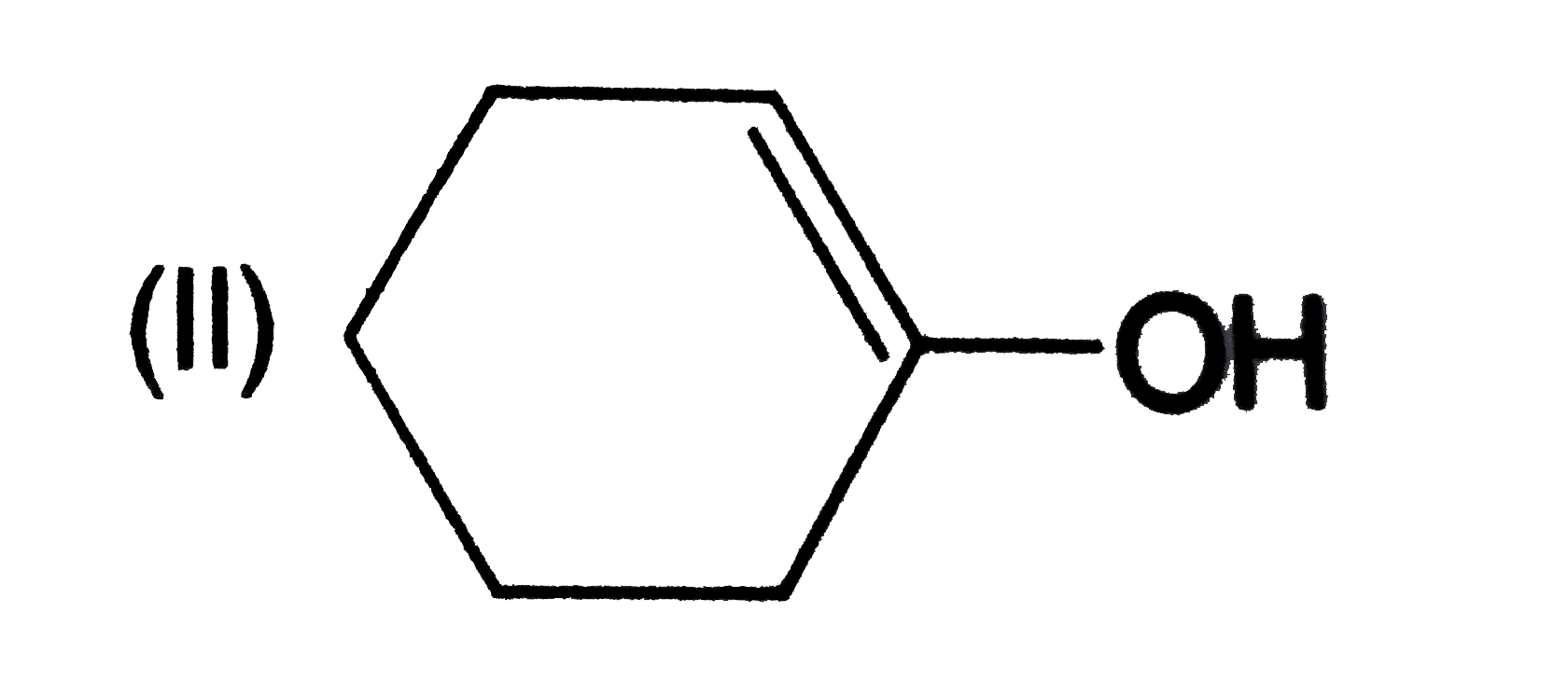
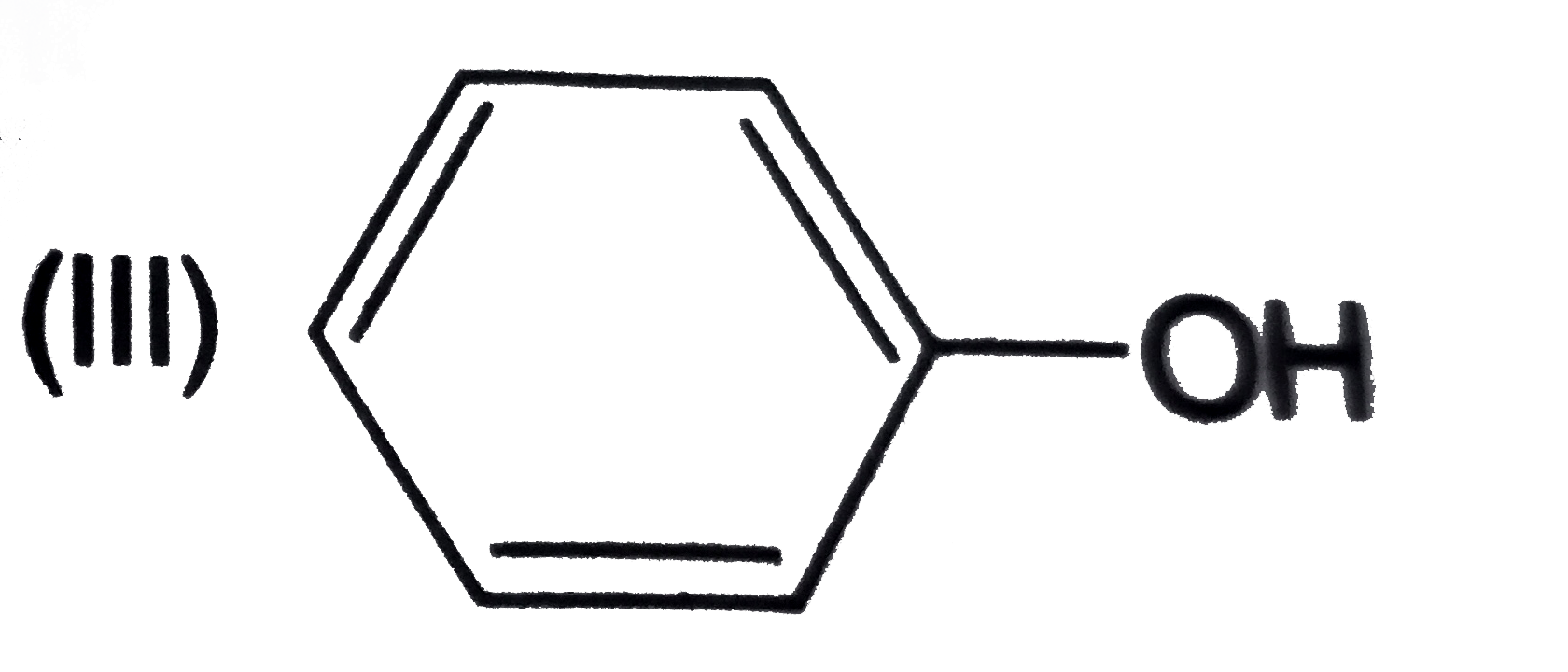
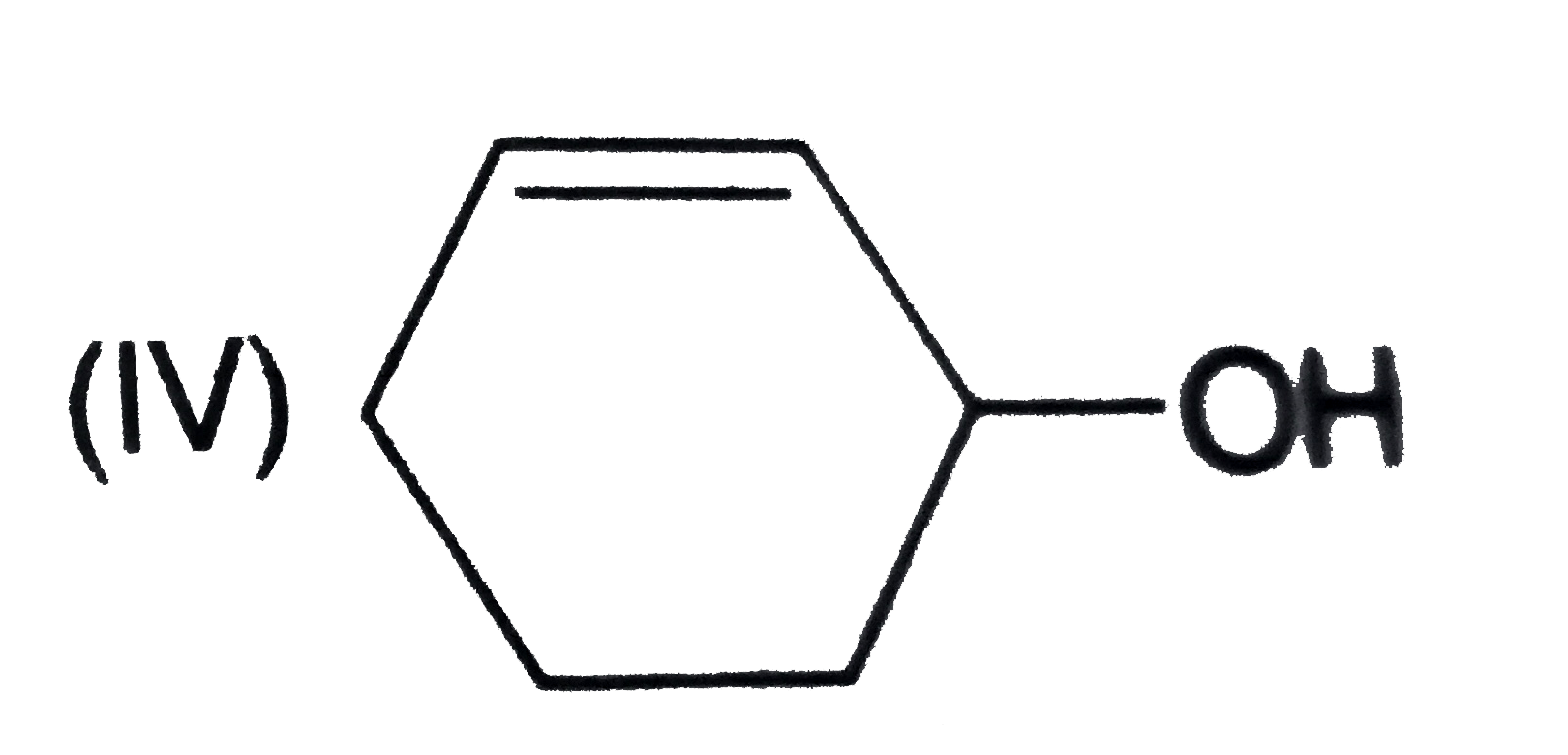
will be in the order
View SolutionThe structure of the compound that gives a tribromo derivative on treatment with bromine water is `:`
View Solution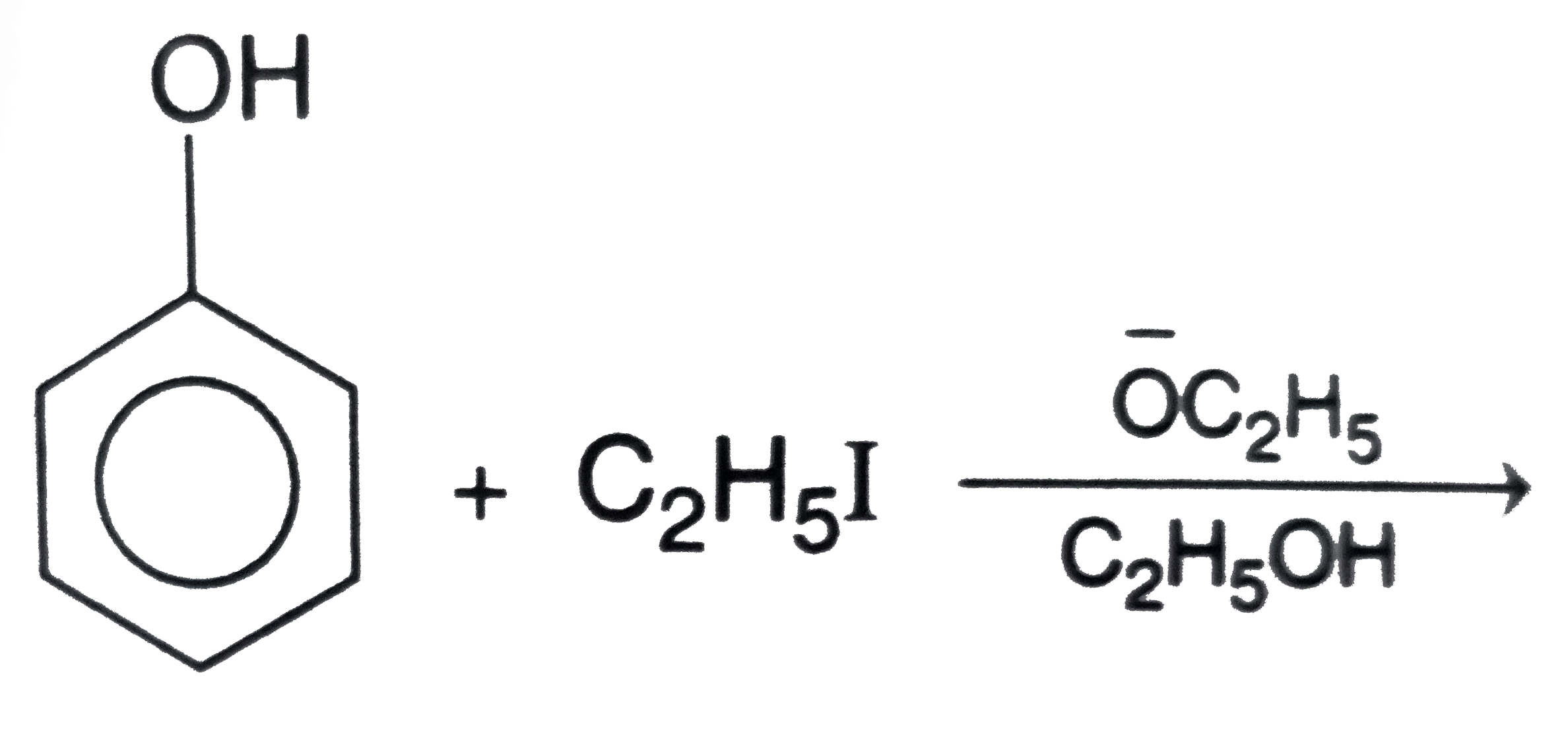
The product of the above reaction is
View SolutionArrange the following compounds in increasing order of boiling point :
Prpane-1-ol, butan-1-ol, butan-2-ol, pentan-1-ol
View SolutionOne mole of an organic compound A with the formula `C_(3)H_(8)O` reacts completely with two moles of HI to form X and Y. When Y is boiled with aquous alkali it forms Z.Z answers the iodoform test. The compound A is
View SolutionAn organic compound containing `C, H` and O gives red colouration with sodium nitroprusside solution but does not reeduce Tollen's reagent and yields chloroform on treating with NaOH and `Cl_(2)`.The compound is
View SolutionThe product is

View SolutionWhich of the following compounds when heated with CO at 423K and 500 atm. Pressure in presence of `BF_(3)` forms ethyl propionate ?
View SolutionIn the reaction given below, `X` is
`C_(6)H_(5)MgBr+CH_(3)OHrarrX`
View SolutionConsider the following reactions,
I. `CH_(3)CH_(2)underset(OH)underset("| ")"CH"CH_(3) overset(H^(+))rarr "A (major)"`
II. `CH_(3)overset(CH_(3))overset("| ")underset(CH_(3))underset("| ")"C "-underset(OH)underset("| ")"CH"CH_(3) overset(H^(+))rarr "B (major)"`
A and B (bot alkenes) respectively are
View SolutionWhich observation will be given by compound `H_(3)C-overset(CH_(3))overset("| ")underset(CH_(3))underset("| ")"C "-CH_(2)OH` with Lucas reagent?
View SolutionWhat are X and Y in the following reaction sequence ?
`C_(2)H_(5)OH overset([O])rarr X overset(Cl_(2))rarr Y`
View SolutionIn the following reaction, X and Y respectively are
`C_(2)H_(5)OH overset(KMnO_(4)//H^(+))rarr X overset("Y")underset(H_(2)SO_(4)//Delta)rarr CH_(3)CO_(2)C_(2)H_(5)`
View SolutionWhich has maximum `pK_(a)` value ?
View SolutionCyclohexene can be exclusively prepared from cyclohexanol through
View SolutionThe electrophile involved in the Reimer-Tiemann reaction is
View SolutionMaximum dehydration takes place in
View SolutionWhich is the following cannot be prepared by using Williamson synthesis ?
View SolutionPhenol on reaction with `Br_(2)` in non-polar aprotic solvent furnishes
View SolutionRank the transition states that occur during the following reaction steps in order of increasing stability (least `rarr` stable)
1. `H_(3)C-overset(+)(O)H_(2) rarr CH_(3)^(+)+H_(2)O`
2. `(CH_(3))_(3)C-overset(+)(O)H_(2) rarr (CH_(3))_(3) C^(+) +H_(2)O`
3. `(CH_(3))_(2) CH- overset(+)(O)H_(2) rarr (CH_(3))_(2)CH^(+) +H_(2)O`
View SolutionAn organic compound B is formed by the reaction of ethylmagnesium iodide `(CH_(3)CH_(2)MgI)` with a substance A, followed by treatment with dilute aqueous acid. Compound B does not react with `PC C` in dichloromethane. Identify A ?
View SolutionWhen `H_(2)C=CH-O-CH_(2)CH_(3)` reacts with one molre of HI, one of the product formed is `,`
View Solution
The IUPAC name of B is
View SolutionPhenol on treatment with conc. `HNO_(3)` gives
View SolutionThe strongest acid among the following aromatic compound is
View SolutionThe acid which do not contain carboxylic acid group is
View SolutionConversion of ethyl alcohol into acetaldehyde is an example of
View Solution0.44 g of a monhydric alcohol when added to methyl magnesium iodide in ether liberates at STP, `112cm6(3)` of methane. With PCC the same alcohol forms a carbonyl compound that answers silver mirror test. The monohydric alcohol is
View SolutionFor the sequence of reactions,
`Aoverset(C_(2)H_(5)Mgl)rarr B overset(H_(2)O //H^(+))rarr "tert- pentyl alcohol."`
The compound A will be
View Solution`R-CH_(2)-CH_(2)OH` can be converted into `RCH_(2)CH_(2)COOH` the correct sequence of reagent is:
View Solution
View SolutionAn unknown alcohol is treated with the ''Lucas reagent'' to determine whether the alcohol is primary, secondary or tertiary. Which alcohol reacts fastest and by what mechanism?
View SolutionEthyl cloride reacts with sodium ethoxide to form a compound (A)Which of the following reaction also yields (A) ?
View Solution
Identify A and B
View SolutionThe cleavage of an aryl-alkyl ether with cold HI gives
View Solution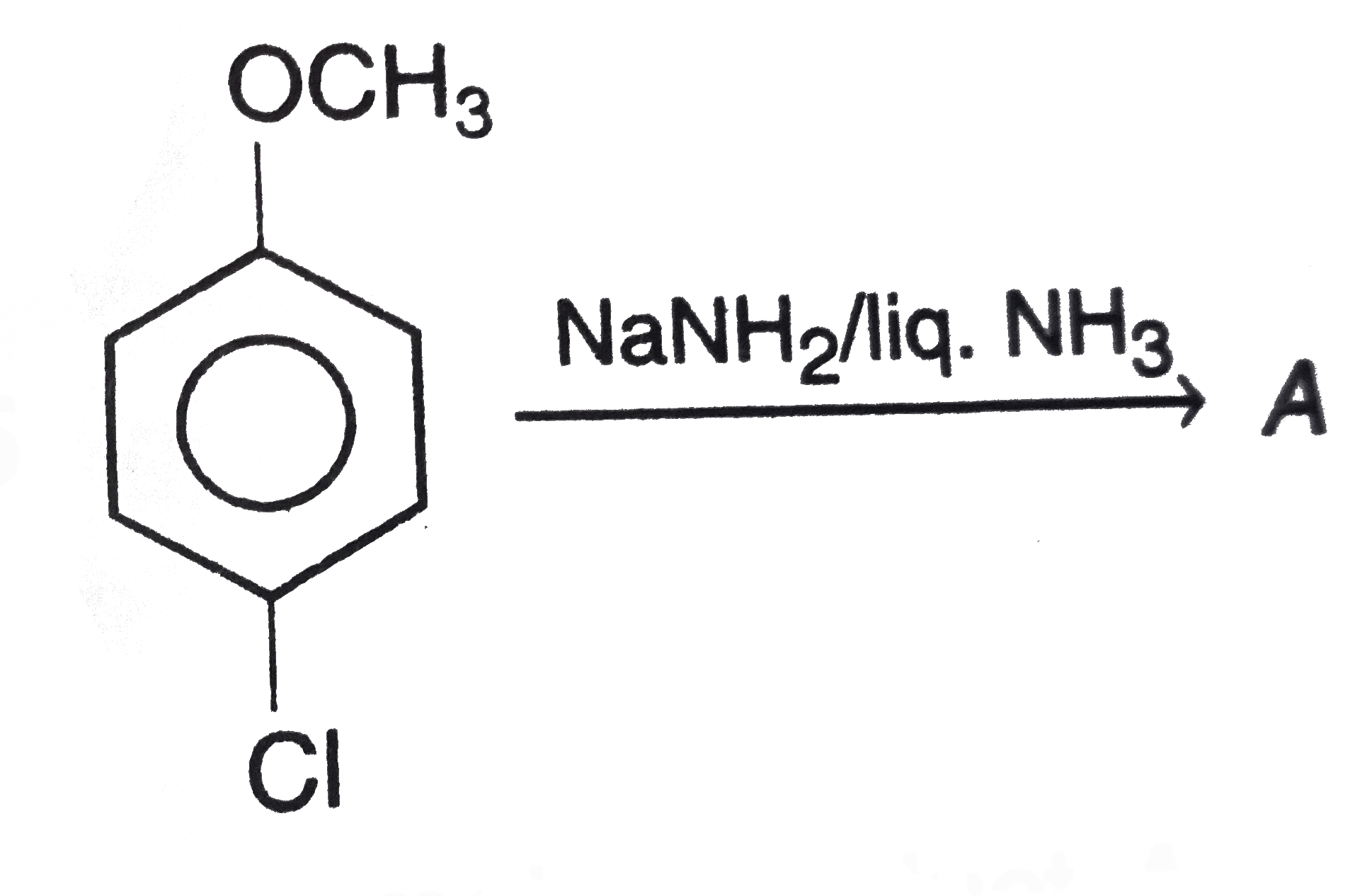
The major product A is
View SolutionWhich of the following alcohols is unable to turn orange colour of chromic acid green ?
View SolutionHydroboration oxidation of 4-methyl octene would give
View SolutionAcid catalysed hydration of alkenes except ethene leads to the formation of
View SolutionThe function of `ZnCl_(2)` in Lucas test for alcohols is
View SolutionWhich one of the following is most acidic ?
View SolutionConsider the following reaction,
`C_(2)H_(5)OH+H_(2)SO_(4)rarr` Product
Among the following which one cannot be formed as a product under any coditions?
View SolutionCompound `Ph-O-overset(O)overset(||)(C)-Ph` can be prepared by the reaction of _____________.
View SolutionWhich one of the following compounds will not react with `CH_(3)MgBr`?
View Solution`R-CH_(2)-CH_(2)OH` can be converted into `RCH_(2)CH_(2)COOH` the correct sequence of reagent is:
View SolutionAmong the following compounds which can be dehydrated very easily is-
View SolutionIn the following reaction which bonds are cleaved?
`CH_(3)CH_(2)-overset(O)overset(||)underset("I")Ooverset(q)overset(darr)-Ooverset(p)overset(darr)-H+CH_(3)CH_(2)overset(s)overset(darr)underset("II")-Ooverset(r)overset(darr)-H`
View SolutionConsider the following reaction,

View Solution
View SolutionThe best method to prepare cyclohexene from cyclohexanol is by using
View Solution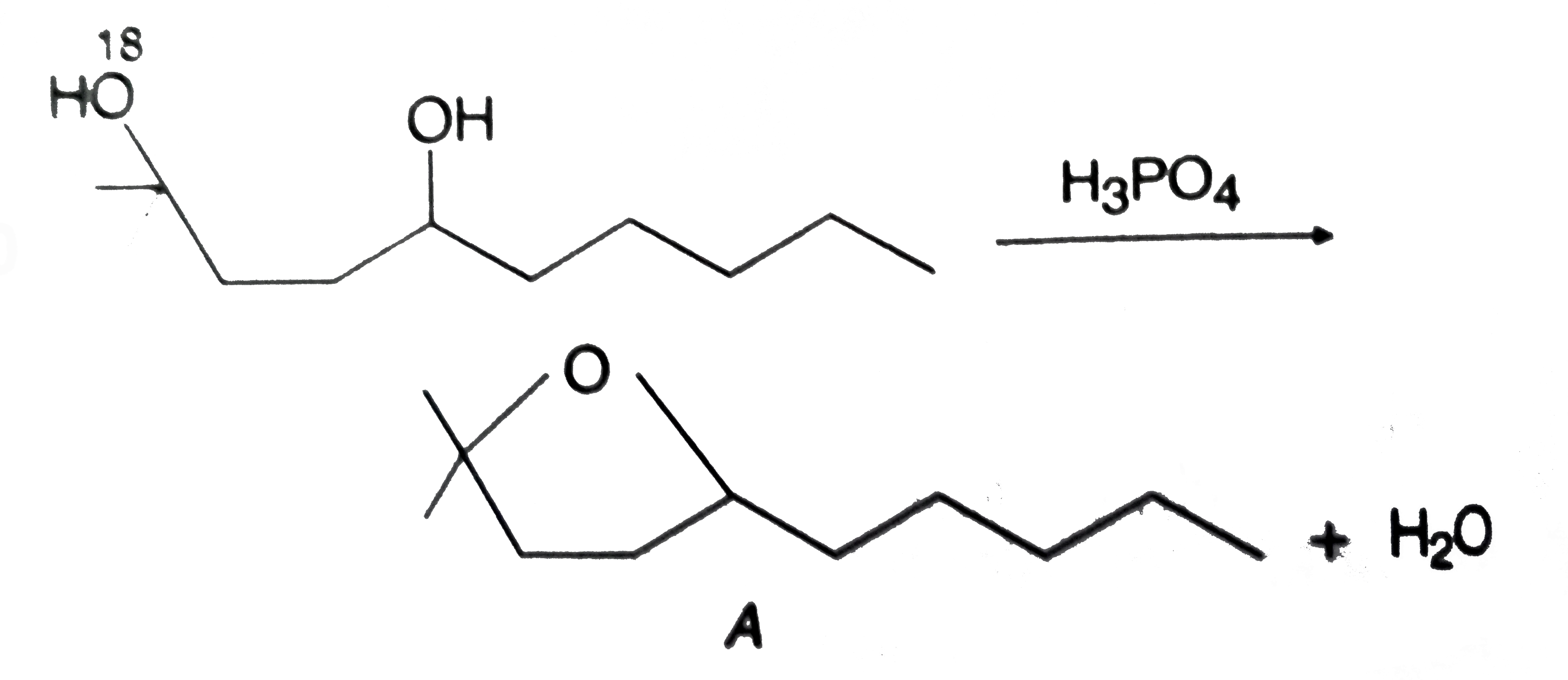
In the above dehydration reaction `.^(18)C` will be in
View Solution`underset(OH)underset(|)(CH_(2)=CHCHCH_(2)CH_(2)OH)overset(MnO_(2))rarrA,A` is
View SolutionTwo aromatic compounds having formula `C_(7)H_(8) O` which are easily identified by `FeCl_(3)` solution test (violet colouration ) are `,`
View Solution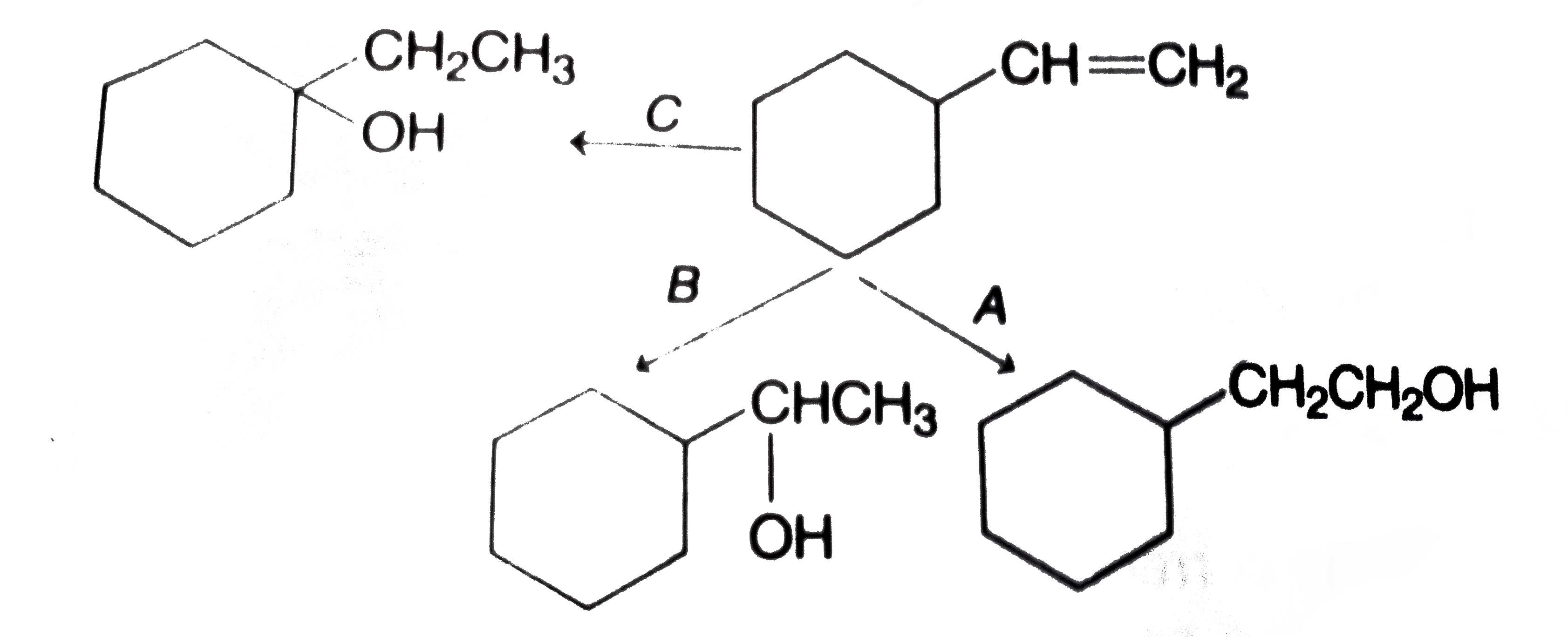
Select the schemes A, B C out of
I. acid catalysed hydration
II. HBO
III. Oxymercuration-demercuration
View SolutionThe major product obtained on interaction of phenol with sodium hydroxide and carbon dioxide is :
View SolutionEster `A(C_(4)H_(8)O_(2))+underset("(2 parts)")(CH_(3)MgBr)overset(H_(3)O^(+))rarr underset("(alcohol B)")(C_(4)H_(10)O)`
Alcohol B reacts fastest with Lucas reagent. Hence, A and B respectively are
View SolutionWhich of the following compound would not evolve `CO_(2)` when treated with `NAHCO_(3)` solution ?
View Solution`CH_(3)-overset(CH_(3))overset("| ")underset(CH_(3))underset("| ")"C "-underset(OH)underset("| ")"CH"CH_(3)overset("Conc. "H_(2)SO_(4))rarr "A(predominant)".` A is
View SolutionPhenol is heated with `C Cl_(4)` and alkaline `KOH` when salicylic acid is produced. The reaction is known as
View SolutionWhich of the following would yield a secondary alcohol after the indicated reaction, followed by hydrolysis if necessary?
View SolutionPhenol on reaction with `CHCl_(3)` and `NaOH` give salicylaldehyde. Intermediate of this reaction is
View Solution
PRACTICE EXERCISE (Exercise 2 (MISCELLANEOUS PROBLEMS)) questions and complete solutions for chapter ALCOHOLS, PHENOLS AND ETHERS of MHTCET PREVIOUS YEAR PAPERS AND PRACTICE PAPERS of Class 12